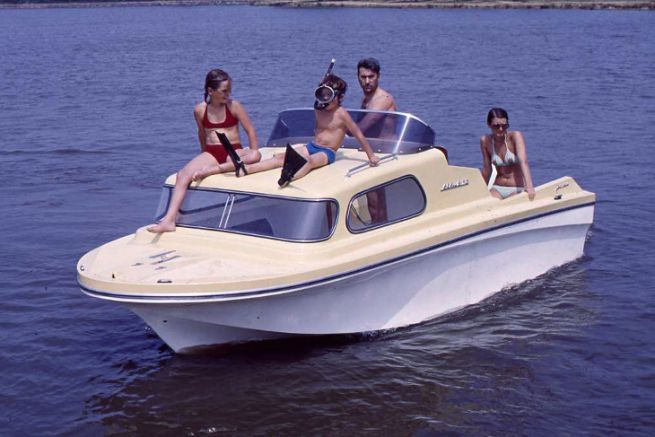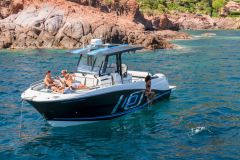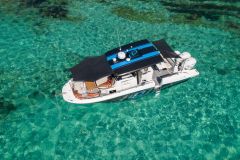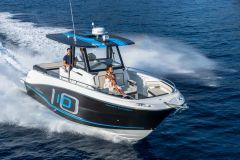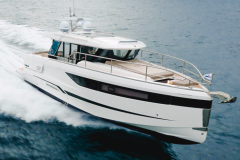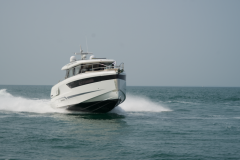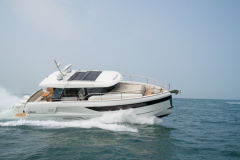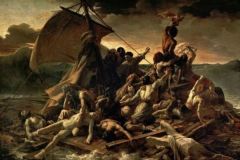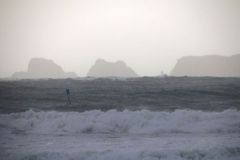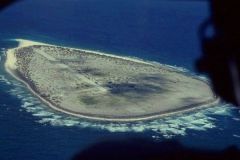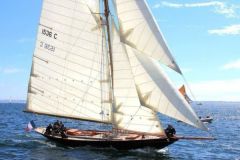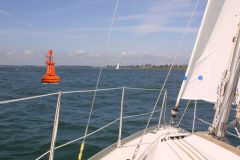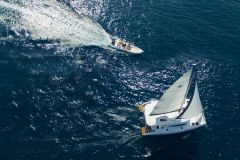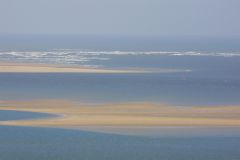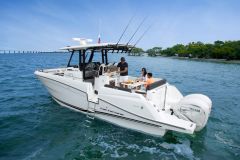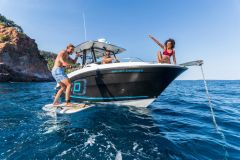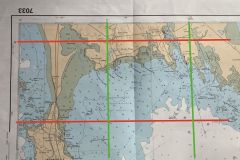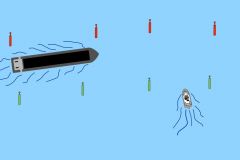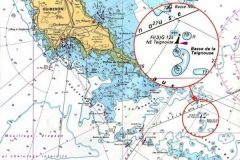Sinking of the Thousand Ports
The BEA mer published its report following the sinking of the Mille Sabords. The motorboat had sunk off Agon Coutainville in Normandy on 12 August 2019. The accident claimed the lives of 3 children. In the document, the investigators trace the chronology of events. Shortly after leaving the slipway, the crew of 3 adults and their children noticed that the youngest children, installed in the cabin, were not able to navigate well. In lightly rough seas, the skipper decided to turn back, but the engine stalled several times. Quickly, he noticed that the water was rising in the cockpit, with a sea from astern. As the bilge pump did not spread the water ingress, the boat sank until it tipped over vertically. The children with their vests were trapped in the cabin and attempts by the skipper and the rescuers to extract them from the cabin through the open companionway or by breaking the Plexiglas panels in the cabin proved unsuccessful.
Between a heavy old boat and a faulty and unsuitable engine
The BEA mer notes two main factors that caused the accident. The Sea Bird model boat, built by Jeanneau in 1970, was built in the early days of composite construction. Like all models of the time, it is subject to osmosis. Weights carried out by the Sea BEA show an overweight of approximately 190 kg compared to the manufacturer's weight of 430 kg. In addition, the outboard motor with long shaft is heavier than the one initially installed and mounted on a spout that obstructs the eel of the engine basin drain. (Editor's note: The Sea-Bird was primarily designed for water skiing and inland waterways).
Hull openings made during modifications to the vessel and poorly protected also contributed to flooding.
Suggested technical inspection of vessels
The BEA mer concludes with a series of lessons and recommendations:
- As a precaution, the novice candidate for the purchase of a second-hand boat should take the advice of an expert.
- Shipyards should always stand firm with their customers when their demands do not lead to safety without their awareness of it
- The manufacturer (Jeanneau) recommends a technical inspection for very old boats with polyester hulls.
- The BEAmer recommends that the administration add a module on the risks of damage that may occur on board older vessels to the pleasure craft licence reference system.
